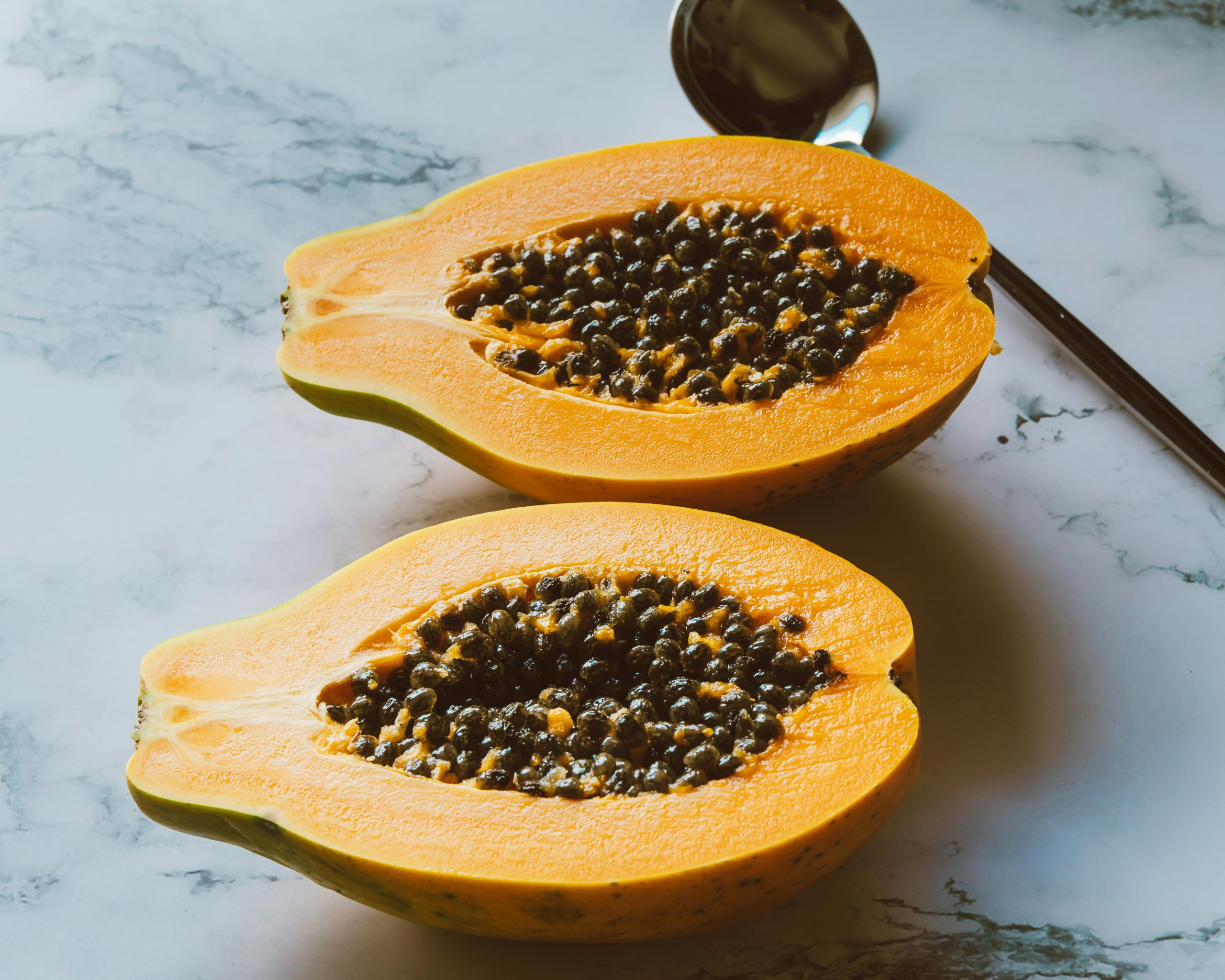Plant-Based Power: Elevating Everyday Vegan Cooking
Plant-based diets have been gaining popularity in recent years, and for good reason. Not only are they beneficial for our health and the environment, but they also offer a diverse and delicious range of dishes. While many people still associate vegan cooking with bland and boring food, the truth is that plant-based power can elevate everyday vegan cooking to new heights. By incorporating fresh and nutritious ingredients, as well as spices and herbs, plant-based meals can be just as flavorful and satisfying as their meat-based counterparts. In this article, we will explore the concept of “plant-based power” and how it can transform your vegan cooking experience.
The Benefits of Plant-Based Power
Before we dive into the specifics of plant-based power, it’s important to understand why incorporating more plant-based meals into our diets can be beneficial. First and foremost, plant-based diets are rich in essential vitamins, minerals, and nutrients that can help prevent chronic diseases and improve overall health. They are also typically lower in saturated fat and calories, making them a great option for weight loss and maintaining a healthy weight. Additionally, choosing plant-based options can have a positive impact on the environment by reducing our carbon footprint and preserving natural resources.
How to Incorporate Plant-Based Power in Everyday Vegan Cooking
Step 1: Experiment with Different Types of Plant-Based Foods
The key to creating delicious and satisfying plant-based dishes is to experiment with a wide variety of ingredients. Try incorporating different types of grains, legumes, fruits, and vegetables into your recipes. For example, instead of using regular pasta for a pasta dish, try using whole wheat or quinoa pasta. Instead of using ground beef for a chili, try using lentils or black beans. By varying your ingredients, you can create exciting and flavorful meals that will keep you engaged and satisfied.
Step 2: Don’t Be Afraid to Use Spices and Herbs
One of the biggest misconceptions about vegan cooking is that it lacks flavor. However, this couldn’t be further from the truth. By using a combination of spices and herbs, you can add depth and complexity to your plant-based dishes. Some great options to consider include cumin, turmeric, garlic, and rosemary. These ingredients not only add flavor, but they also offer numerous health benefits.
Step 3: Keep it Simple
One of the greatest advantages of plant-based cooking is the simplicity of the ingredients. You don’t need fancy or expensive ingredients to create delicious and healthy meals. In fact, sometimes the most basic recipes can be the most flavorful. For example, a simple stir-fry with vegetables and tofu can be just as satisfying as a complex and elaborate dish.
Step 4: Don’t Skimp on Protein
One of the biggest concerns when it comes to plant-based diets is getting enough protein. However, there are plenty of plant-based protein sources that can meet your daily needs. Some great options include tofu, tempeh, lentils, chickpeas, and quinoa. By incorporating different sources of protein into your meals, you can ensure that you are getting the nutrients your body needs.
Conclusion
Plant-based power is all about using fresh and nutritious ingredients to elevate everyday vegan cooking. By experimenting with different types of foods, using spices and herbs, keeping it simple, and making sure you get enough protein, you can create delicious and satisfying plant-based meals that will leave you feeling nourished and energized. Don’t be afraid to get creative and have fun in the kitchen. With plant-based power, the possibilities are endless.
Incorporating more plant-based meals into your diet not only offers numerous health benefits, but it also has a positive impact on the environment. So why not give it a try and see how plant-based power can transform your everyday vegan cooking? Your taste buds and your body will thank you.











